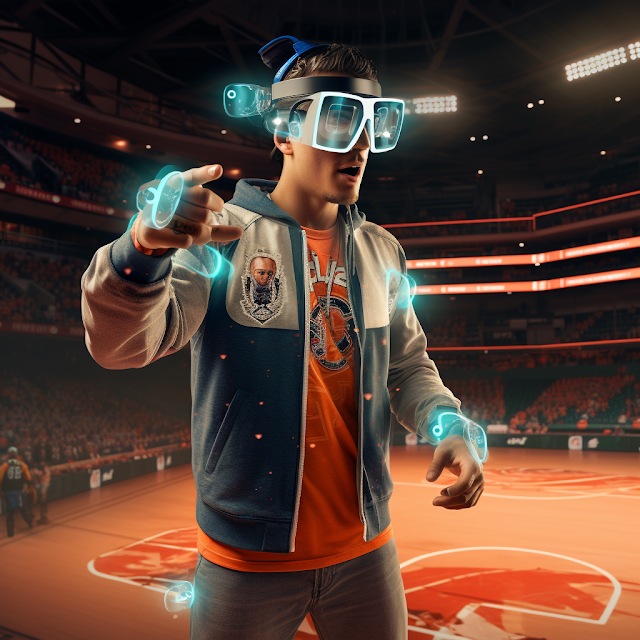Augmented Reality in Fashion: The Future of Interactive Style
The fashion industry, known for its ever-evolving trends and constant innovation, is embracing a new era of technology-driven creativity with the introduction of augmented reality (AR). Augmented reality has seamlessly woven its way into fashion, offering a blend of virtual and physical experiences that has the potential to revolutionize how we shop, style, and experience clothing. In this blog post, we will explore the exciting applications, benefits, and future possibilities of augmented reality in the fashion industry.
Augmented Reality in Fashion: A Stylish Fusion of Virtual and Real
Augmented reality technology overlays digital information, visuals, and interactive elements onto the real world. In the realm of fashion, AR enhances the shopping experience, enabling users to visualize clothing and accessories in a more immersive and interactive manner.
Applications of Augmented Reality in the Fashion Industry
Virtual Try-Ons: AR enables consumers to try on clothing and accessories virtually. With a smartphone or AR glasses, shoppers can see how garments fit and look on them without physically trying them on.
Interactive Catalogs: Fashion brands are using AR to create interactive digital catalogs that allow users to explore and interact with clothing collections in 3D.
In-Store Augmentation: AR enhances the in-store experience by offering interactive fitting room mirrors that suggest outfit combinations, sizes, and availability.
Fashion Shows and Runways: Designers use AR to create captivating virtual fashion shows that allow viewers to experience the latest collections from the comfort of their homes.
Customization: AR can enable personalized fashion experiences by allowing customers to customize clothing items with colors, patterns, and design elements.
Benefits of Augmented Reality in the Fashion Industry
Enhanced Shopping Experience: AR makes shopping more interactive and enjoyable, helping customers make informed purchasing decisions.
Reduced Return Rates: Virtual try-ons minimize the need for customers to return ill-fitting or unsuitable items, saving time and resources for both brands and consumers.
Personalization: AR enables personalized recommendations, style suggestions, and a more tailored shopping experience.
Fashion Accessibility: AR breaks down geographical and physical barriers, making high-end fashion accessible to a global audience.
Sustainability: By reducing the need for physical try-ons and returns, AR can contribute to more sustainable fashion practices.
Challenges and Considerations
Despite the promising benefits, the integration of augmented reality in the fashion industry comes with some challenges:
Technology Access: Users need AR-capable devices, such as smartphones or AR glasses, to access AR fashion experiences.
Privacy: Collecting and using personal data for AR applications must prioritize user privacy and comply with data protection regulations.
Content Creation: Developing high-quality AR content and applications can be resource-intensive and may require specialized skills.
Fashion Industry Adoption: Widespread adoption of AR in the fashion industry may take time and require significant investment from brands.
Conclusion
Augmented reality is revolutionizing the fashion industry by creating immersive and interactive shopping experiences that bridge the gap between the virtual and physical worlds. As technology continues to advance and AR becomes more accessible, we can anticipate even more innovative and personalized ways to explore, try on, and experience fashion. The future of fashion is undeniably augmented, promising a more interactive, sustainable, and enjoyable fashion journey for all. With augmented reality, fashion is not just about what you wear; it's about how you experience it. Welcome to the stylish future of fashion in augmented reality!





